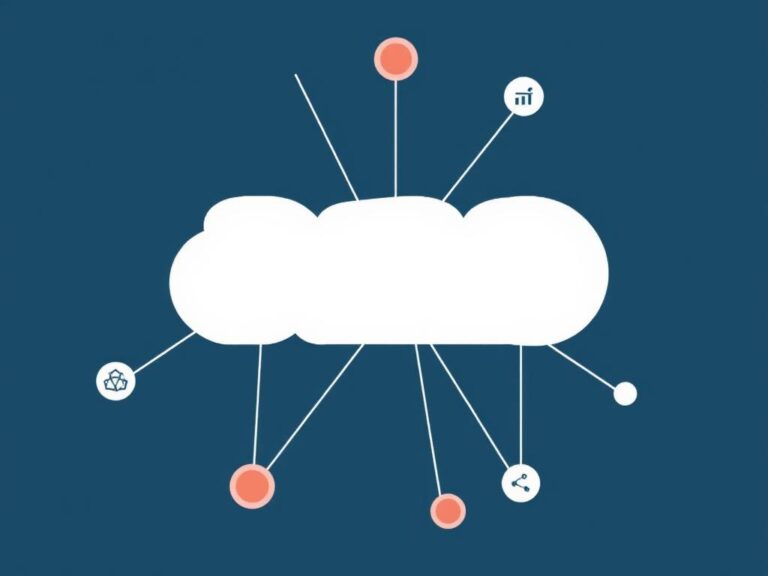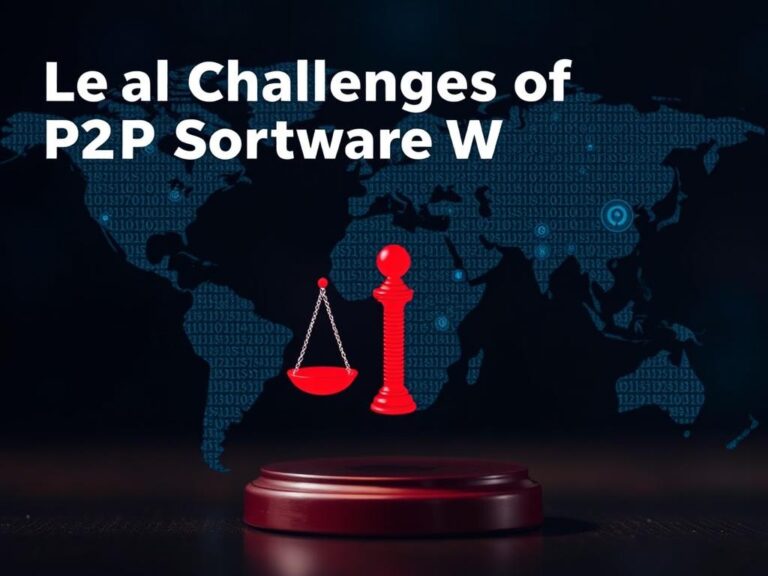Will Web3 Be Built on P2P Technologies? Exploring the Future of the Decentralized Web
The idea of Web3 has taken the internet world by storm, promising a decentralized, user-controlled digital future. But what exactly will power this new internet revolution? Many experts and enthusiasts believe peer-to-peer (P2P) technologies lie at the heart of Web3. To fully understand whether Web3 will be built on P2P technologies, we need to explore what Web3 is, how P2P technologies work, and the advantages and challenges of merging the two.
Understanding Web3: A New Vision for the Internet
Web3 is often described as the next generation of the web, where users have more control over their data, identities, and digital assets without relying on centralized intermediaries. Unlike Web2, which is dominated by large platforms like Google, Facebook, and Amazon, Web3 aims to create an open, trustless, and censorship-resistant environment. This vision relies on blockchain, smart contracts, and various decentralized technologies that enable users to transact directly without middlemen.
At its core, Web3 is about empowerment, privacy, and ownership. Instead of handing over your personal data to a company, you manage your identity and content privately and securely. The infrastructure for this must support decentralized communication, data storage, and computation, which brings us to P2P technologies.
What Are P2P Technologies and Why Are They Important?
Peer-to-peer (P2P) technologies allow computers (peers) to connect directly and share resources like files, data, or computation without relying on a central server. This contrasts with the traditional client-server model where information is managed through a central point. P2P networks distribute the power and responsibility among users, making systems more robust and less prone to censorship or failure.
Some classic examples of P2P technologies include BitTorrent, a file-sharing protocol, and blockchain networks like Bitcoin and Ethereum, which use P2P principles to maintain trust and consensus. In essence, P2P technology fuels decentralized communication by enabling users to interact directly while maintaining network integrity.
The Advantages of Combining Web3 with P2P Technologies
Integrating P2P technologies into Web3 offers many potential benefits:
- Decentralization: Makes the network less vulnerable to single points of failure and government or corporate control.
- Improved Privacy: Direct peer connections can reduce the exposure of data to third parties.
- Cost Efficiency: Distributed infrastructure can decrease operational costs by leveraging user resources.
- Resilience: P2P networks dynamically route around outages, keeping services available even if some nodes go offline.
By making use of P2P, Web3 can deliver on its promise of giving users control while maintaining security and scalability.
Real-World Examples of P2P Technologies in Web3
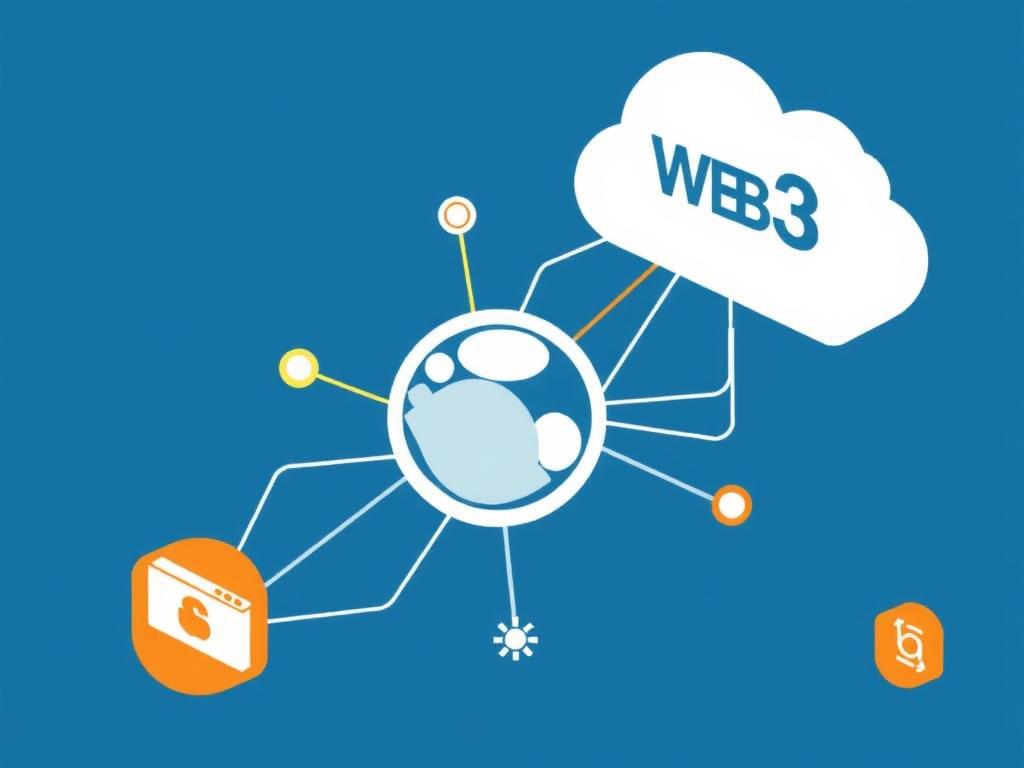
Several emerging projects show how P2P underpins Web3 infrastructure:
| Project | How It Uses P2P | Role in Web3 |
|---|---|---|
| IPFS (InterPlanetary File System) | P2P file sharing with content addressing | Decentralized storage and distribution of web content |
| Ethereum | Nodes communicate P2P to validate transactions | Decentralized computing and smart contract execution |
| BitTorrent | Direct P2P sharing of files between users | Decentralized distribution of data, with Web3 token integration |
| Dat Protocol | Versioned P2P data sharing | Supports decentralized data persistence and syncing |
These platforms demonstrate that P2P is not only complementary but vital for scaling Web3 systems.
Challenges of Using P2P in Web3
Despite the clear benefits, there are challenges to fully building Web3 on P2P technologies:
Scalability Issues
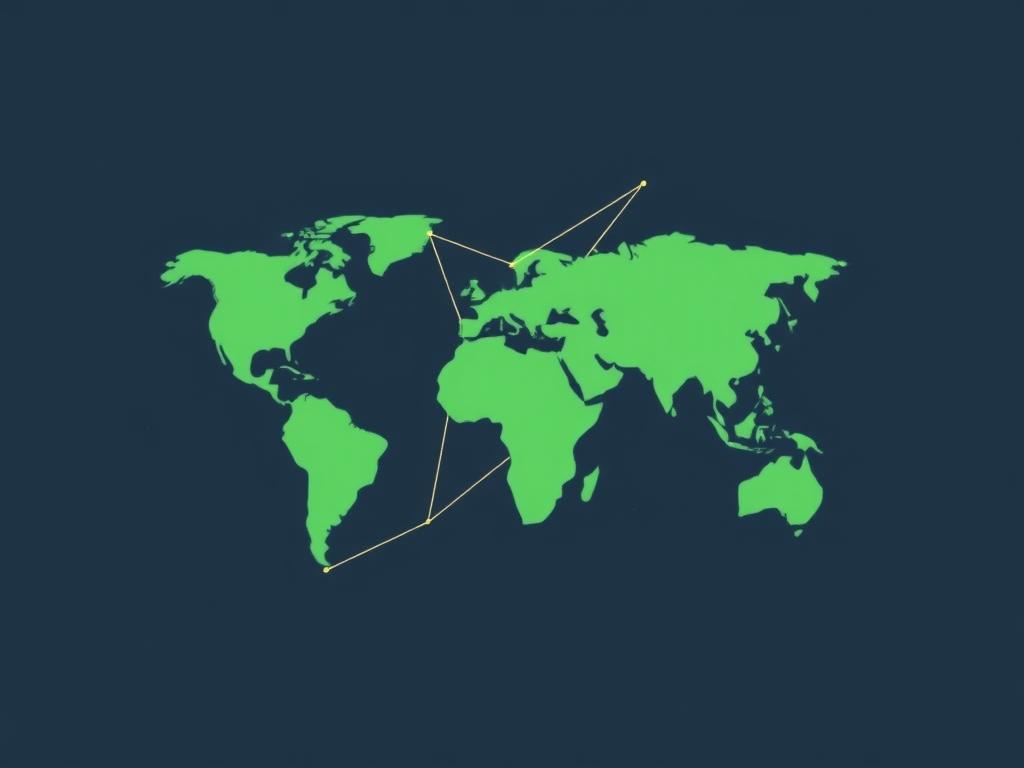
P2P networks can become slow or inefficient as more users join, especially if nodes have widely varying resources. Managing data consistency and speed is a complex task when there’s no central authority to coordinate.
Security Concerns
While decentralization offers resistance to censorship, it can also open doors for malicious actors if proper safeguards aren’t in place. For example, Sybil attacks, where attackers create many fake identities, can disrupt network trust.
User Experience
Traditional centralized platforms benefit from streamlined experiences, fast responses, and easy access. P2P networks can sometimes feel complicated to users because of slow syncing times, complex protocols, or lack of direct support.
Regulatory and Legal Hurdles
When control is distributed, accountability becomes fuzzy. This raises questions around compliance with laws and policy enforcement, which governments and regulators are still trying to understand in the context of decentralized networks.
The Road Ahead: How P2P Might Shape Web3’s Future
The marriage of Web3 and P2P technologies appears promising but will require innovation to overcome existing hurdles. Layered architectures, hybrid models combining decentralized and centralized components, and advances in networking could improve performance and usability.
For example, some projects are exploring “light nodes” that do not store the entire blockchain but still participate in P2P communication, reducing resource demands. Others are developing more efficient protocols for data routing and storage that maintain decentralization without sacrificing speed.
Furthermore, collaboration among developers, academics, and regulators will be essential to create frameworks ensuring security, privacy, and legal compliance. The potential for P2P to democratize the internet is enormous, but building these networks requires a coordinated and multi-disciplinary approach.
Summary Table: Pros and Cons of Building Web3 on P2P
| Pros | Cons |
|---|---|
| Enhanced decentralization and censorship resistance | Network scaling and latency challenges |
| Greater user control over data and identity | Security risks like Sybil and Eclipse attacks |
| Potentially lower infrastructure costs | Possible complicated user experience |
| Resilience against server outages or shutdowns | Uncertainty around legal and regulatory compliance |
Conclusion
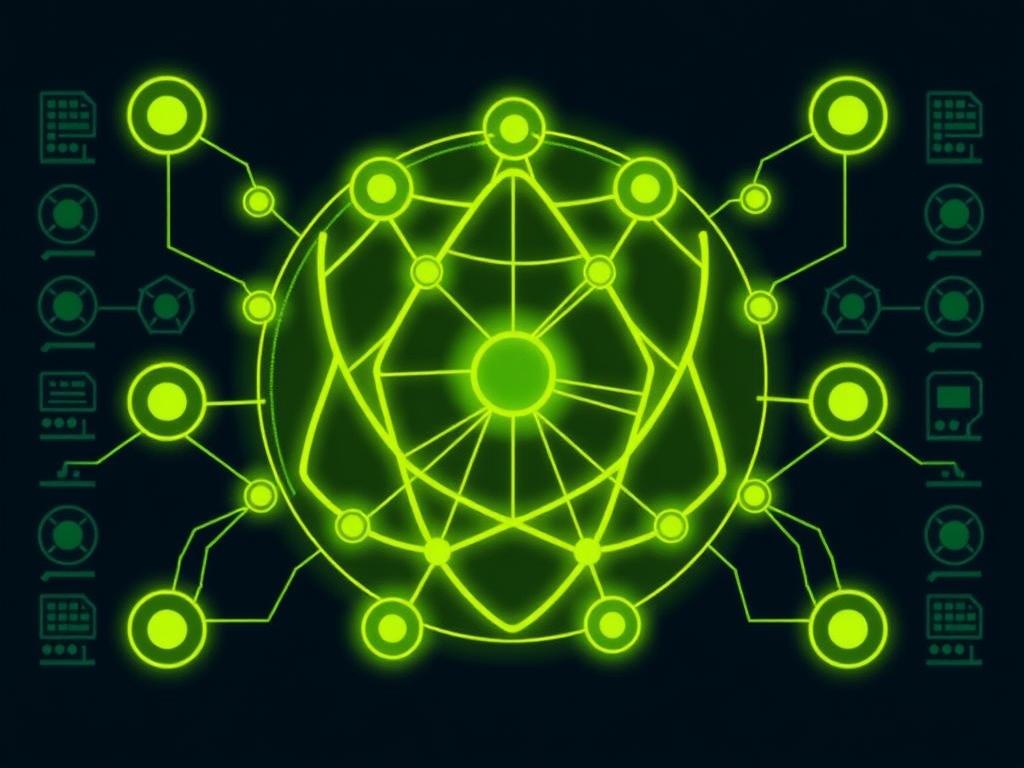
Will Web3 be built on P2P technologies? The answer is a strong yes, but with nuance. P2P forms a foundational layer that aligns perfectly with the decentralized and user-powered ethos of Web3. It offers real advantages in privacy, control, and resilience that centralized systems simply can’t match. However, there are important challenges to address—especially around scalability, security, and user experience—to make P2P networks viable at Web3’s scale and scope. Ultimately, the future internet will likely be a hybrid ecosystem harnessing the strengths of P2P and other decentralized protocols alongside some centralized components. As the technology matures and adoption grows, P2P will undoubtedly play a vital role in shaping the decentralized, open web envisioned by the Web3 movement. For anyone excited about the next chapter of the internet, understanding and supporting peer-to-peer technologies is essential because they truly might be the building blocks of Web3’s promising future.


